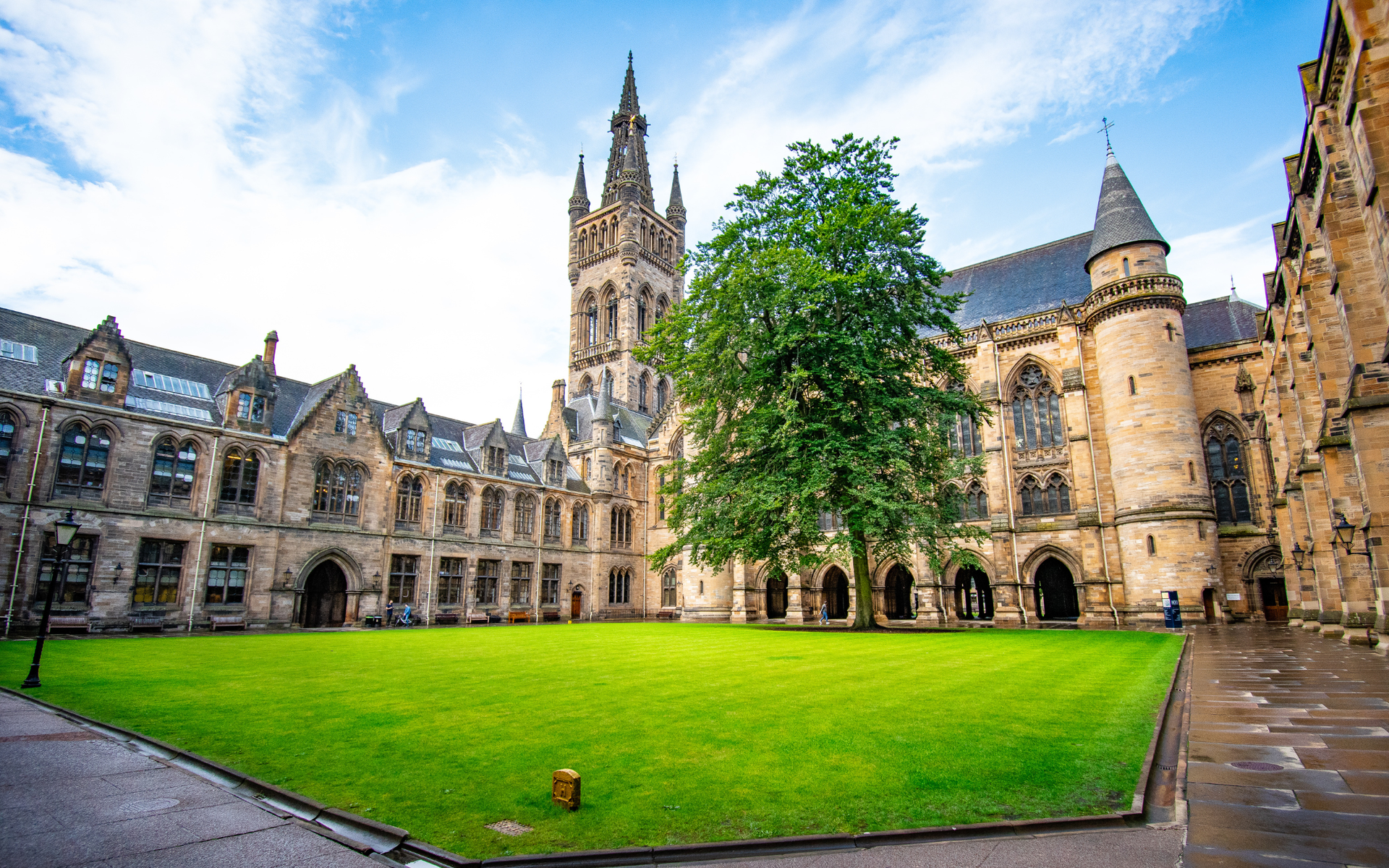How Airlines Are Protecting Passenger Data from Cyber Threats
Introduction
Cybersecurity in aviation is more vital now than ever before. As airlines process huge volumes of personal data, increased reliance on digital systems and rising cyber threats have forced a rethink of how passenger information is protected. This blog is aimed at individuals, businesses, students and IT professionals seeking to understand how airlines keep data secure and how you can apply these insights in your own context.
Airlines collect vast amounts of passenger data, including travel plans, payment details and loyalty programme information. This makes them attractive targets for cyber criminals. Recent trends include ransomware attacks on booking systems, phishing campaigns targeting staff and even insider threats from negligent employees. A famous breach led to personal data for hundreds of thousands of passengers being exposed. The industry operates under strict regulations, such as GDPR and must also comply with bodies such as IATA and ICAO. This adds urgency for robust security measures.
In everyday language, passenger data protection means using strong digital defences to stop criminals stealing or tampering with sensitive information. It matters now because travellers expect their data to be safe and regulators impose heavy fines for breaches. Think of it like locking your home to protect valuables, but on a massive digital scale. If that lock is weak, the consequences can be serious. Passenger records can be sold on the dark web or used in fraud. Airlines can suffer reputational damage and regulatory penalties while passengers lose trust and may face identity theft.
The Expanding Threat Landscape Facing Airlines
Real Life Examples
1. Atlanta Hartsfield–Jackson Airport (2018)
Incident: The city of Atlanta, including its airport, was hit by a SamSam ransomware attack.
Impact:
o Systems were shut down.
o Public Wi-Fi at the airport was taken offline for several days as a precaution.
Cause: Attackers exploited unpatched vulnerabilities.
2. Bristol Airport (UK) – 2018
Incident: A ransomware attack disabled airport display screens.
Impact:
o Flight information boards went offline for two days.
o Staff had to manually provide updates to passengers.
Cause: Likely phishing or poor internal cybersecurity hygiene (details undisclosed).
3. San Francisco International Airport (SFO) – 2020
Incident: Two of SFO’s websites were compromised by hackers who installed malicious code.
Impact:
o The code was used to steal Windows credentials from visitors using Internet Explorer.
Cause: Malicious scripts injected into airport web portals (specifically for Virtual Information Systems).
4. Ukraine’s Boryspil Airport (2017)
Incident: Hit by NotPetya malware during a widespread cyberattack on Ukraine.
Impact:
o Airport operations were disrupted.
o Delay in flights and system outages.
Cause: Nation-state attack suspected, using a supply chain compromise.
5. Los Angeles International Airport (LAX) – 2022
Incident: Pro-Russian hacker group Killnet launched a DDoS attack.
Impact:
o LAX’s public-facing website was taken offline temporarily.
o No impact on flight operations.
Cause: Politically motivated attack targeting U.S. infrastructure.
6. Polish Airports (2022)
Incident: Killnet launched DDoS attacks on several Polish airports.
Impact:
o Temporary unavailability of websites.
o No flight delays, but public communication was affected.
Cause: Retaliation for Poland’s support of Ukraine.
Why Passenger Data Represents a High Value Target
Airlines collect many kinds of data. Personal identifiable information such as full names, dates of birth contact details are fundamental to travel security. Payment information includes credit card details. Passport data is also retained for border control verification. Travel history is tracked for itineraries, and loyalty accounts are maintained for frequent flyers.
All this data has significant value on the dark web. Criminals may buy passport numbers, payment credentials and loyalty account logins to commit fraud or identity theft. A traveller’s route history can help craft social engineering scams. Loyalty programme credentials are traded for real money or used to book reward flights illicitly.
Airline data remains attractive because of its combined detail and volume. A breach of even a few thousand passenger records can yield enough material to defraud or blackmail travellers on a large scale. The industry’s reliance on legacy systems without strong encryption can raise exposure.
Imagine your bank account credentials combined with travel plans, payments and passport details. That is effectively what is stored. If misused, these details can be used to impersonate individuals or to access payment sources illegally. That makes passenger data a prime target for organised crime as well as nation-state actors seeking intelligence.
If airlines ignore strong data protection policies, the cost can be ruinous in terms of fines, loss of customer trust and long-term brand damage. That is why protecting passenger data is so important now.
Data Protection Strategies Employed by Airlines
Airlines are deploying several core mechanisms to safeguard data. Here are some examples
Data encryption is widely used both for data in transit and at rest. End-to-end encryption ensures that communications between booking systems and customer devices remain unreadable to attackers. Storage systems encrypt passenger records so that even if hardware or backups are stolen, data stays protected.
Multi-factor authentication is required across internal systems and customer portals. This adds a second verification step, such as a text message code or an authentication app. It greatly reduces the risk of unauthorised access even if login credentials are compromised.
Security Information and Event Management platforms are used to monitor systems in real-time. SIEM collects logs from network devices servers and applications and analyses them for suspicious patterns. Alerts can detect unusual login attempts, lateral movement or data exfiltration.
Zero-trust architectures minimise inherent trust. Instead of granting broad access based on network location, every request is validated. Each user system and component must authenticate and authorise access. That limits potential damage should credentials be stolen or systems compromised.
Penetration testing and red teaming are carried out regularly. External experts simulate attacks to find weaknesses before actual criminals exploit them. Airlines succeed in patching misconfigurations or software vulnerabilities in a controlled manner to stay ahead of real threats.
These steps form a layered defence approach. Encryption stops data exposure. MFA blocks unauthorised access. SIEM detects anomalies. Zero trust restricts lateral movement. Pen testing ensures continuous improvement. Combined, they help airlines keep passenger data safe.
Working Together Across the Aviation Ecosystem
Cybersecurity in aviation is not done in isolation. Industry partnerships help set common standards. IATA and ICAO run security initiatives to share best practices and threat intelligence across carriers airports and suppliers. Participating in joint drills helps the sector respond faster to incidents.
Governments also enforce regulation and collaborate with airlines on security issues. GDPR in the UK and EU sets strict rules on passenger data protection. The UK Information Commissioner’s Office can apply heavy fines for breaches. Airlines must also follow TSA or CAA directives around digital systems and passenger screening.
Threat sharing is essential. Airlines use platforms to report incidents and indicators of compromise so peers can learn. This collaborative model helps detect fast-moving threats that might otherwise go unnoticed until compromise is widespread.
Cybergen also offers threat intelligence and incident response services that can integrate within the aviation ecosystem. That ensures airlines are not facing threats alone but collaborating for greater resilience.
Training Employees and Engaging Passengers
People remain the weakest link if not empowered. Airlines prioritise cybersecurity training for staff across levels. Staff learn to recognise phishing emails, social engineering attempts and suspicious behaviour. Training is repeated to stay fresh and includes simulated phishing campaigns to test awareness.
Passengers also benefit from awareness. Airlines run campaigns advising customers how to avoid fraud, such as spoofed emails or bogus booking links. Clear guidance on verifying legitimate communication channels helps passengers protect themselves when booking or checking in.
Example campaigns may show screenshots of common scams or fake notifications. Advice such as checking email domain spelling, not clicking links directly but opening a trusted app or website adds simple protective habits. This reduces risk considerably.
Cybergen recommends continuous education. Staff training tools and regular reminders help build a security culture. Cybergen offers passenger awareness content and employee training packages to help airlines reduce risk at the human layer.
By educating staff and passengers practical risk drops substantially. Individuals have the skills to spot scams and act confidently. That supports the technical defences and enhances overall data protection.
The Future of Aviation Cybersecurity and Emerging Technologies
Innovations continue to shape the future of data protection in aviation. Artificial intelligence and machine learning help detect anomalies instantly. ML models learn patterns of normal network behaviour and then flag deviations. That can spot zero-day threats or insider misuse faster than manual review.
Blockchain is being explored for secure identity verification. A passenger may carry a cryptographically secure identity token verified across airline and border control systems without sharing raw personal data. That helps reduce exposure while enabling seamless travel experiences.
Biometric security also grows in adoption. Facial recognition or fingerprint scanning speeds boarding. Privacy concerns remain central. Organisations must ensure biometric data is stored securely and used only with consent. Strong governance frameworks are essential.
These technologies offer powerful tools, but must be implemented responsibly. AI must avoid bias and be routinely audited. Blockchain systems require interoperability standards. Organisations like IATA are working on frameworks for biometric and tokenised identity systems.
Cybergen can advise on selecting suitable advanced technologies and help implement them securely. We align these innovations with frameworks such as Cyber Essentials or NIST that airlines may follow. That allows airlines to adopt future technologies while maintaining compliance.
Summary
In summary, aviation cyber threats are growing. Phishing, ransomware and insider threats all pose real risks. Passenger data is extremely valuable, making robust protection essential. Airlines implement encryption, MFA, SIEM zero trust and red teaming. Collaboration across IATA and regulatory bodies enhances defence. Training for staff and passengers boosts awareness. Emerging technologies like AI, biometrics and blockchain offer new opportunities if handled carefully
Ready to strengthen your security posture? Contact us today for more information on protecting your business.
Let's get protecting your business
Thank you for contacting us.
We will get back to you as soon as possible.
By submitting this form, you acknowledge that the information you provide will be processed in accordance with our Privacy Policy.
Please try again later.








